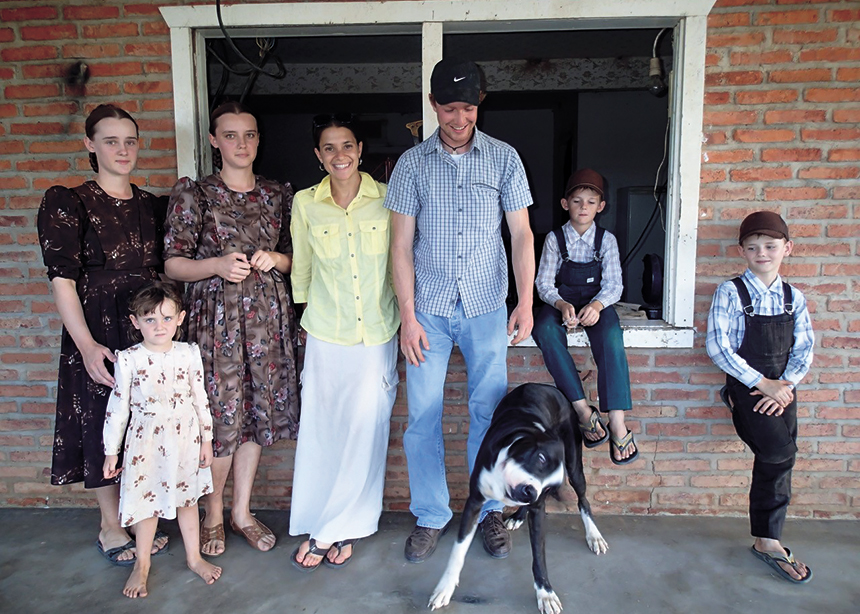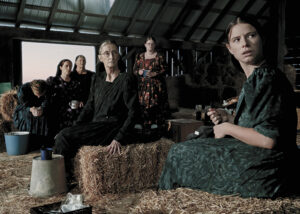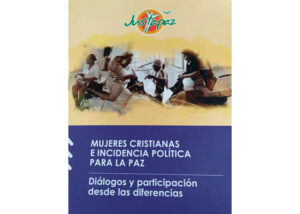After opening in select movie theatres before Christmas, Women Talking received a wide release last month. For Jean Friedman-Rudovsky, it marked 10 years since she interviewed some of the women who inspired Miram Toews’s novel the film is based on.
In January 2013, Friedman-Rudovsky spent nearly two weeks living with the family of a community leader in the Manitoba Colony, an ultra-conservative, Low German-speaking Mennonite community in Bolivia. From 2005 to 2009, a group of men from the colony raped more than 130 colony women and girls during the night after sedating them with animal anaesthetic. Eight men eventually stood trial in August 2011 for the crimes and were sentenced to prison.
The story inspired Toews to write Women Talking, in which a group of conservative Mennonite women who have been sexually assaulted by men in their community meet to decide how they will respond.
The film version, adapted and directed by Sarah Polley, has been nominated for two Academy Awards.
Friedman-Rudovsky, a freelance investigative journalist from Philadelphia, Pa., learned about the story while living in Bolivia. She covered the trial for Time.
“After that, I couldn’t get what happened in Manitoba Colony out of my mind,” she says in a phone interview. “I wanted to know more about what the women were feeling—how they were coping in the aftermath.”
That led her and her brother, photojournalist Noah Friedman-Rudovsky, to spend time in Manitoba Colony. They interviewed women and church leaders from the community, which resulted in a feature article and a 25-minute documentary published by Vice.
Looking back on her time in Manitoba Colony, one of the things that sticks out was the ongoing problem of sexual abuse and incest taking place in families. There were also reports that the rapes were ongoing.
The conclusion many of the women she spoke with had come to—that they had been assaulted because God was testing them or punishing them for their sins—also sticks out to her.
“The answer many women had come to was to double down on their faith, in adherence to Mennonite rules and behaviours and expectations,” she says. “And that, of course, is very different from Miriam’s novel and the film, where they take the creative liberties to imagine a really different outcome and perspective for the women.”
Generally speaking, Friedman-Rudovsky says, the women she interviewed were curious, engaged, loving and kind.
“I think they were struggling to make sense of the things that happened, and were still happening,” she says. “They were still in a state of some fear and some anger. I wouldn’t say that a lot of them demonstrated anger in a way that I could see, but there was some of that.”
A key aspect of Friedman-Rudovsky’s approach while reporting the story was to try to figure out where the women were coming from.
“They do have agency in parts of their own lives, even if it is very different from how I live my life,” she says. “So I tried to understand their religious outlook and their perspective on life as much as I could, because I felt that’s how I would be able to do justice to their story.”
Toews begins Women Talking with a page-long author’s note summarizing the Manitoba Colony story and stating that her novel is a reaction through fiction to the true-life events. She calls the novel, “an act of female imagination.”
The film opens with a preface that uses that same phrase. Friedman-Rudovsky questions Polley’s decision not to more explicitly base the film on the real-life story.
“I understand that artistic decision . . . [but] there’s also something that’s lost, and I think what’s lost is the public understanding that these are real things that happened to real people,” she says. “For there to not be an acknowledgment in the film that this is based on what happened to real women, I just wonder what women in the colony would think of that.”
Still, Friedman-Rudovsky is glad the book and film exist. She describes them as moving, powerful works of art. “I’m glad it’s encouraging more conversation around sexual violence, around these fine lines [around] the complexities of faith and forgiveness and democracy and women’s voices and women’s rights. I think it’s awesome.”
Something she wants people to know about the women of Manitoba Colony is that, like the characters in Women Talking, they had different reactions to what they experienced.
“I am sure that there was a range of emotions that each of these survivors had that included all of the feelings that Toews demonstrated and more,” she says. “I saw pieces of lots of different emotions, and women grappling with how to move forward in different ways.”
Related stories:
Film review: sorrow, joy, anger and faith
Barns and kerchiefs: The Mennonites behind the scenes of ‘Women Talking’
Editorial: Red carpet hayloft









Leave a Reply
You must be logged in to post a comment.